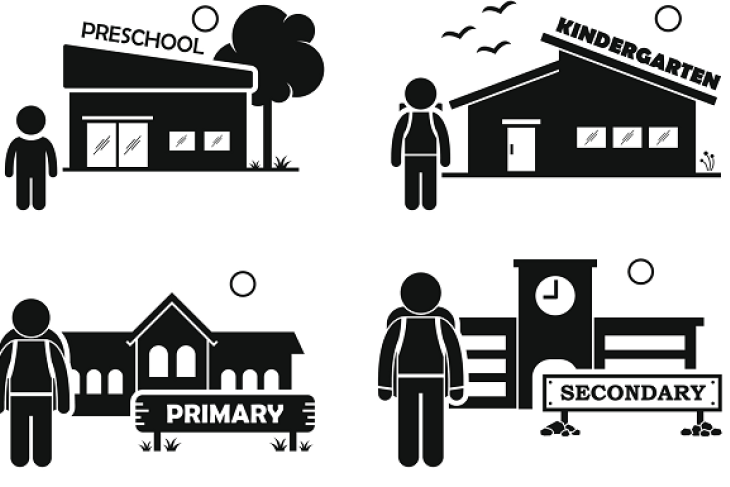Editor’s Note: As Ohioans prepare to elect a new governor this November, and as state leaders look to build upon past education successes, we at the Fordham Institute are developing a set of policy proposals that we believe can lead to increased achievement and greater opportunities for Ohio students. This is the fourth in our series, under the umbrella of empowering Ohio’s families. You can access all of the entries in the series to date here.
Proposal: Authorize the ODE to develop and oversee a statewide course-access program. To implement the program, a funding mechanism should be created to pay online course providers and develop accountability tools that verify student learning.
Background: Traditionally, families and students have chosen a single school that delivers the entire educational experience. Although this “bundled” approach works well for many, the courses offered at any one school may not match the needs of every student in attendance, particularly in the upper grades. For instance, national data show that only half of U.S. schools offer calculus and just three in five offer physics. Closer to home, 139 Ohio districts—primarily rural—report that none of their recent graduates participated in Advanced Placement (AP) or International Baccalaureate (IB) courses. Hundreds, if not thousands, of students attending these schools could have benefitted from such advanced coursework but may have missed such opportunities due to schools’ resource (or other) constraints. To overcome these barriers, several states, including Florida, Texas, and Virginia, have unlocked course-level opportunities via technology. This approach permits students to attend their local schools but also incorporate state-approved online courses into their schedules. These may include advanced courses such as AP or IB or electives such as foreign languages, accounting, and information systems.
Proposal rationale: Families and students shouldn’t have to sit idly by, or switch schools altogether, when courses aren’t offered by their local schools. By developing an online course-access program, Ohio would allow students to remain in their local schools while better tailoring their schedules to their academic abilities and interests. At the same time, state oversight would ensure course rigor and proper tracking of pupil performance.
Cost: The state would need to allocate sufficient funds (perhaps $5 million per year) to develop a course catalog and maintain oversight of the available courses. To compensate course providers, the state should subtract funds from districts’ per-pupil state aid in proportion to the number of courses taken by a student. For instance, assuming a student takes two online courses and six “regular” courses at her district, the district would receive 75 percent of the state per-pupil allocation for that student.
Resources: For discussion of policy design and examples from other states, see Michael Brickman’s report Expanding the Education Universe: A Fifty-State Strategy for Course Choice, published by the Fordham Institute in 2014 and the Foundation for Excellence in Education’s “Course Access: Policy Toolkit” (2018). For national data on course-taking patterns, see the U.S. Department of Education report STEM Course Taking (2018). Ohio data on AP/IB course taking is available at the ODE web page “Ohio Report Cards: Download Data” (see also figure 5).



